For the past decade or so, my primary criteria for choosing a smartphone has been its camera capabilities. For numerous years after the Nokia Lumia 1020 was released, there was no innovation in smartphone camera capabilities. Happily we’ve finally reached a point where smartphone cameras are better than ever, and here’s my current favorite.
If you’re already familiar with my writing on Pocketnow, you’ll know that I love to use smartphones for photography, especially when I don’t feel like carrying around any of the big cameras. I was a huge fan of the old Nokia Lumia 1020, which had been my daily driver from 2013 until the Huawei P20 Pro was released in 2018 as nothing else quite came close to the Lumia 1020’s photography capabilities within those 5 years.
For 2020 and most of 2021 so far, I’ve got a new favorite smartphone when it comes to photography and that’s the Xiaomi Mi 10 Ultra. That’s right… NOT the Xiaomi Mi 11 Ultra and not the Huawei Mate 40 Pro and I’ll tell you why.
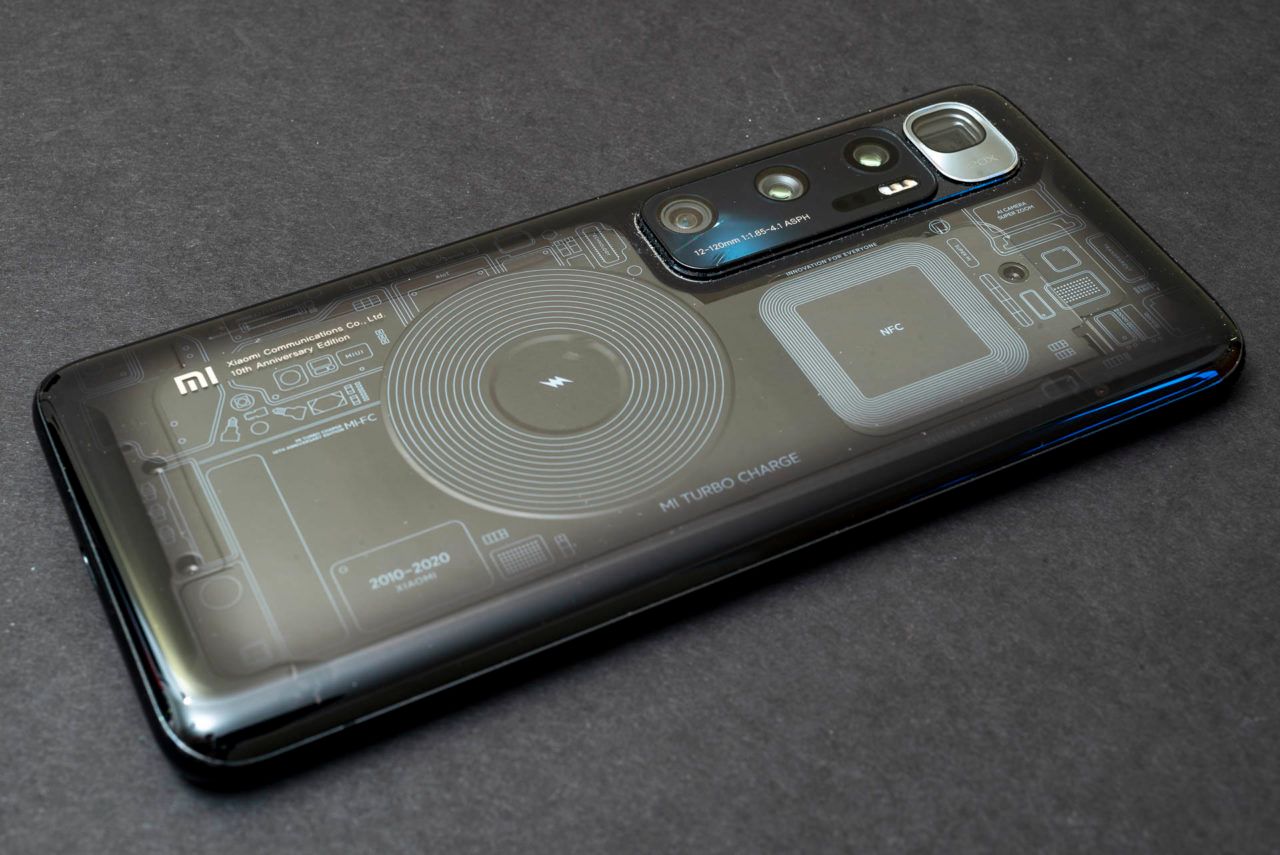
First of all, the transparent version of the Xiaomi Mi 10 Ultra is damn gorgeous! That was a big attraction for me. Its very unique look.
It’s also got a decent price. I got the Xiaomi Mi 10 Ultra for about $900 whereas the more highly rated Huawei Mate 40 Pro+ is much harder to get and much more expensive. Plus, Xiaomi can still use Google services where the Huawei phones don’t. But really, we’re here to talk about photography.
4 focal lengths = great range
The big reason I like the Xiaomi Mi 10 Ultra is for its camera array. It has 4 cameras on the back and they’re all useful. Unlike some phones that might add rarely-used things like macro photography lenses… or terrible quality gimmicks like time-of-flight fake-background-blur depth sensors… the Xiaomi Mi 10 Ultra has 4 different focal lengths on 4 different cameras. That means I can get 4 different fields of view without changing my physical position, and that’s a huge advantage.
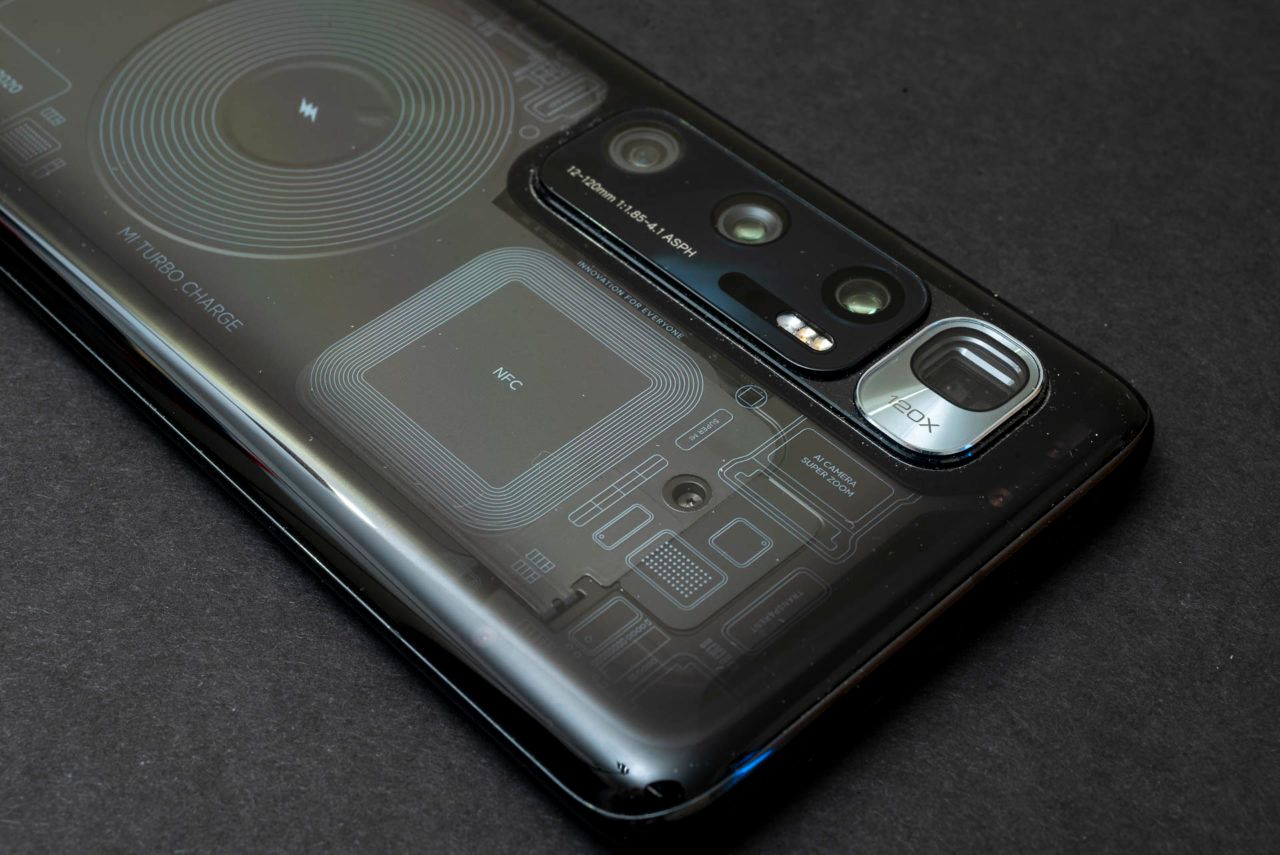
Better than Optical Zoom
Some people who don’t know any better (like Apple), will call this “optical zoom”, but it’s really the act of switching between different cameras with different focal lengths and different fields of view. Optical zoom is when the lens elements move in order to change the focal length and field of view. In other words, the optics zoom. Multi-camera zoom is where we’re actually changing cameras & lenses while combining the holes in the range with digital zoom. It’s like having one camera with a prime lens, and then putting that down and picking up another camera with a different kind of prime lens.
The problem with optical zoom is that we’re limited by the physics of light within the physical movement of the optical lens. By switching to a completely different lens and a completely different camera, you’ve got much more flexibility.
RAW output support
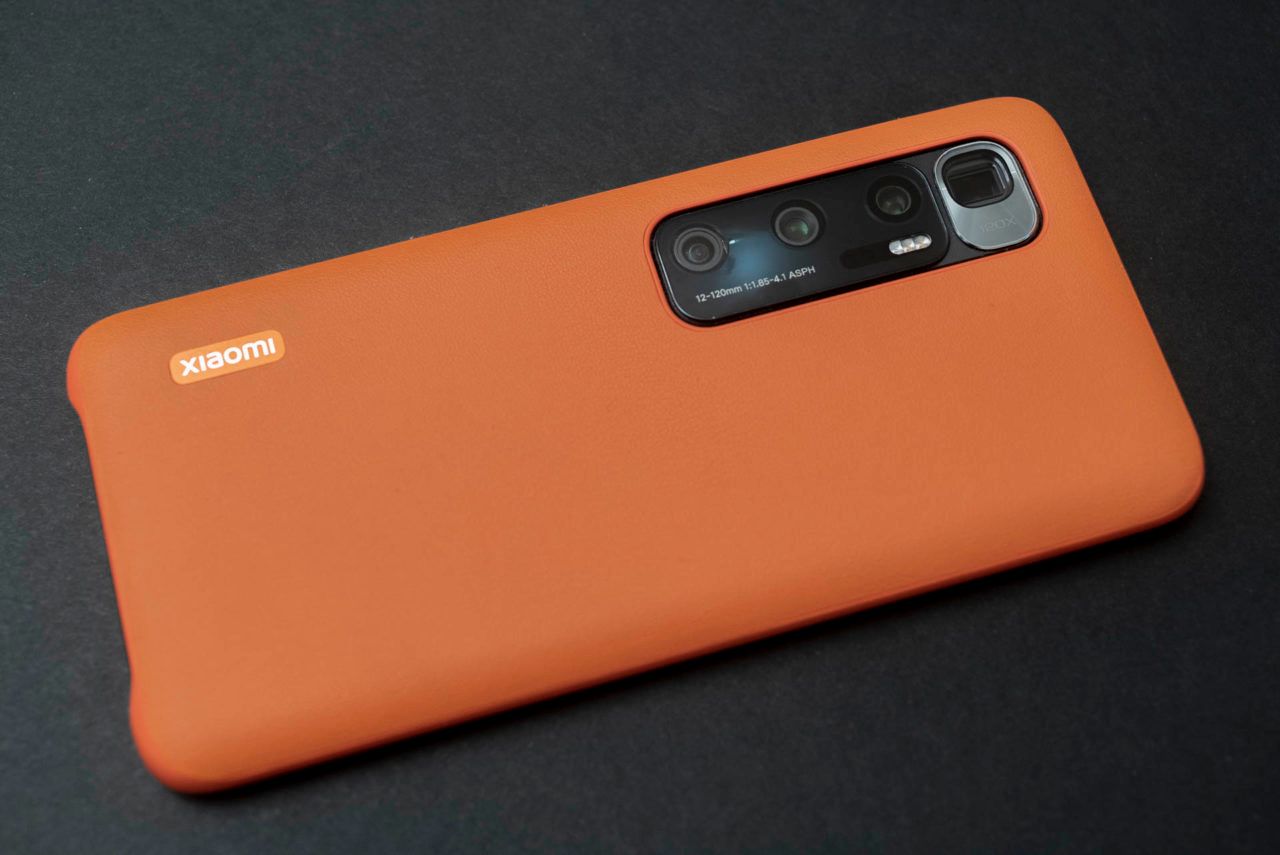
Another huge advantage is that all 4 cameras can output to RAW digital negative file formats. That’s not always the case with these multi-camera arrays. Often, the phone manufacturer thinks they’re smarter than you and will only output to processed JPG images, or maybe they’ll only let one of the cameras output to RAW format. Sorry, but since the first Nokia phones started outputting images to RAW format in 2013, I’ve been shooting RAW on my phones. I love being able to have full control over how the image data is processed after the fact. 50% of photography is in the editing.
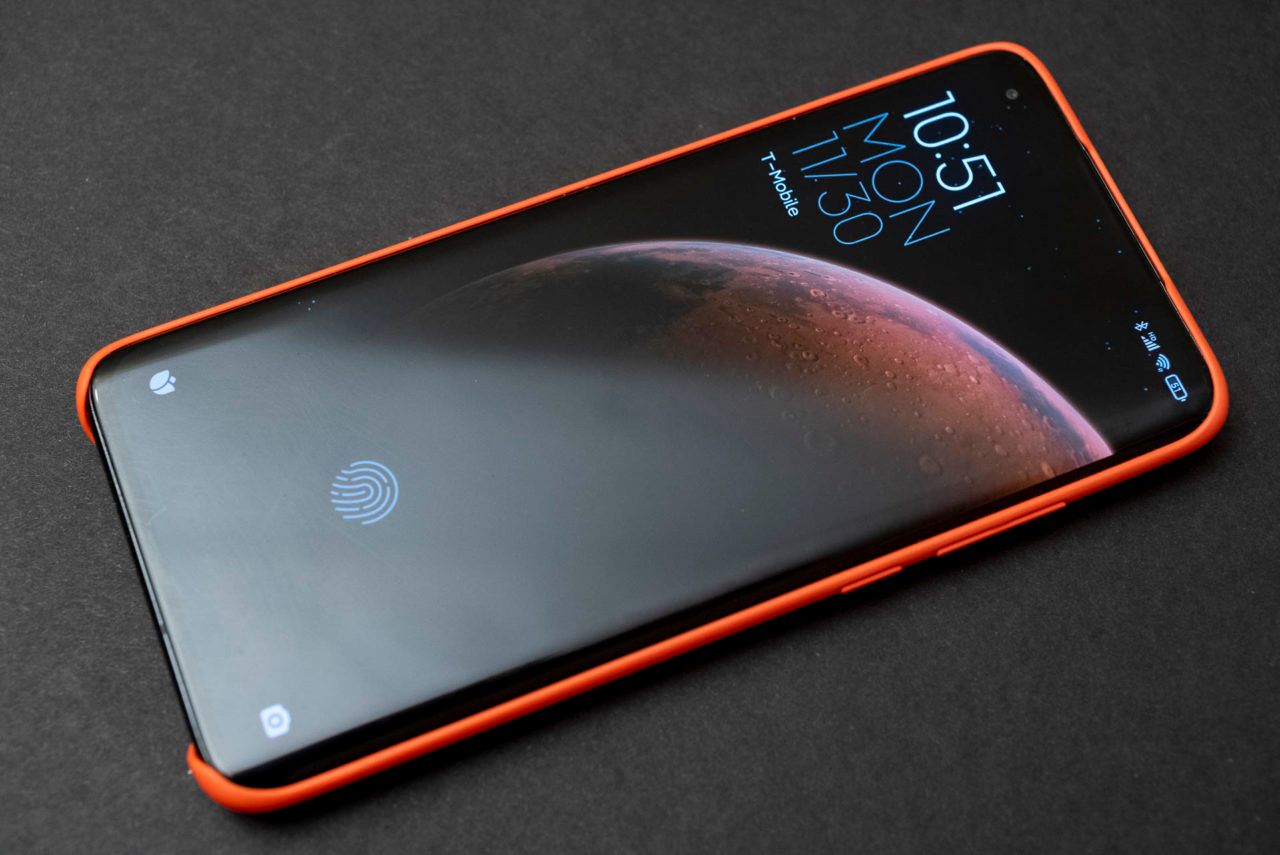
Widest Ultra Wide
The 12mm focal length equivalent lens camera combination on the Xiaomi Mi 10 Ultra is the widest wide-angle lens on a phone. It’s so wide that it will see your fingers holding the phone if you wrap your hand around the back of it instead of just holding the edges. I love having such an ultra-wide angle of view option and this kind of prime lens really isn’t something that would be possible with an actual optical zoom lens. Sure there’s some distortion, but it’s a really cool look in some cases.
Group portraits
Another awesome feature about the Xiaomi Mi 10 Ultra is the timer burst shot feature which one might also call time lapse. This option lets me set up the camera on a tripod or a rock or a fence somewhere, set 5 seconds between photos, and let it take however many photos I want in a row. This is great for posed or candid group photos while out with friends. Unlike other phones’ time-lapse feature… this also works with the RAW format options so there’s still plenty of room for post-processing on the desktop later.
All of the Xiaomi phones have this feature in the software, but combine it with the 4 different focal lengths and we’ve got some awesome range for group photos. Some of the below were shot with the 70mm or 120mm telephoto focal lengths while the phone was set up fairly far away. I can shoot group photos with me in them from across the pond!
Telephoto shots
The Xiaomi Mi 10 Ultra has both a 70mm equivalent and 120mm equivalent telephoto lens/camera combo. I like the 70mm focal length range for portraits, and the 120mm range is great for further away portraits with a little more narrow depth of field. Unlike a lot of other smartphone cameras, the “5X” 120mm telephoto camera has a 48-megapixel sensor. Sure that’s quad-Bayer which really means it’s a 12Mp image, but it’ll be a nice and clean 12Mp image. The 70mm focal length range has a lesser quality 12Mp sensor and there are some chromatic aberrations with that combo, but since it supports RAW, I can clean up those issues very easily. Still, I love having two telephoto lenses to switch between for different compositions in RAW as the telephoto lenses have less distortion than the 24mm and ultra wide-angle 12mm lenses. A lot of phones depend on digital zoom for the range between lens focal lengths, but this always reduces the quality of the image, so having dedicated lens/camera combinations for different focal lengths is a huge advantage.
48Mp normal shots
The “normal” 24mm focal length lens camera combination has a second 48Mp quad-Bayer sensor that’s pretty great, as well.
Video
The Xiaomi Mi 10 Ultra does pretty good with video too. It can do 8K resolution at 24fps, or 4K resolution (and lower) at 60fps DEPENDING on which camera I’m using.
https://www.instagram.com/p/CQZyYmpnDOm/?utm_source=ig_embed&
The Competition
Last year, the Xiaomi Mi 10 Ultra was on the top of the list for best smartphone camera phone on DXOmark. Today, it’s been surpassed by the Xiaomi Mi 11 Ultra, Huawei Mate 40 Pro+, and Huawei Mate 40 Pro… but I still like the Mi 10 Ultra better. The Huawei Mate 40 Pro’s are nice, but their RAW processing at 50Mp is slow and the RYYB sensor has a lot of chromatic aberration problems with specular highlights outdoors. The Mate 40 Pro only has 3 focal lengths, and the Mate 40 Pro+ has 4 focal lengths but with a range that’s less attractive to me. The Mate 40 Pro+ has a 23mm normal lens, 14mm wide-angle (not as wide as the Xiaomi Mi 10 Ultra), a 70mm lens (good, I like that), and a 240mm focal length (way too long). The Xiaomi Mi 11 Ultra only has 3 focal lengths instead of 4. The Mi 11 Ultra has a similar 12mm ultra-wide, 24mm wide, and 120mm telephoto focal length lens combination, but it lacks the 70mm focal length lens/camera combo and that’s something I would really want. Using the digital zoom on a 24mm lens to get a 70mm focal length crop is going to drop the image quality too much and certainly won’t give me a decent RAW image at that size (unless I crop the RAW manually later).
The Xiaomi Mi 10 Ultra is only around $750-$900 too. That’s a pretty good price whereas the Mi 11 Ultra is in the $1000-$1400 range, and the Huawei Mate 40 Pro is well over $1000 if you can even get it. The Huawei Mate 40 Pro Plus is even rarer and might set you back $3000-$5000 on eBay for example:
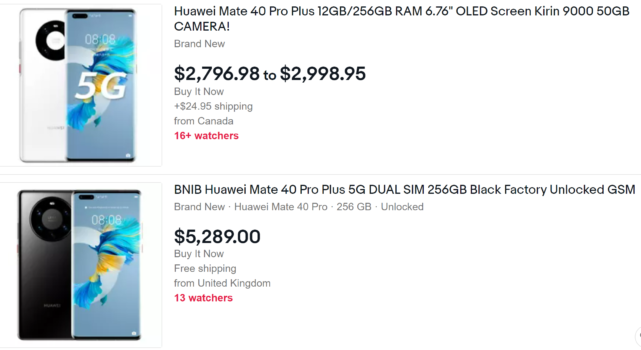
Sorry, but I think I’ll go with the one that’s under $1000 and has so many other advantages. Huawei phones can’t even use Google Services anymore!
Of course, there are disadvantages to the Xiaomi Mi 10 Ultra. It only has one focal length on the front-facing camera, and THAT camera doesn’t support RAW output. So that’s not so good. It’s also not waterproof, so I have to avoid taking it out on the river. Still, I’ve been very happy with the Xiaomi Mi 10 Ultra as a photographer even now after its successor, the Mi 11 Ultra has been released.































































